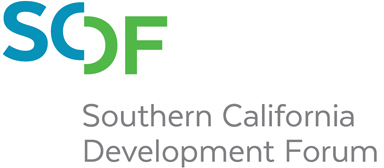Great Minds Make Great Places.
|
- Home
- Events
- Event Blog
- Meeting the Moment for LA’s Global Showcase
Main links | Other links | 437 S. Cataract Ave |
Managed by Co-Pilots
Great Minds Make Great Places.
|
Main links | Other links | 437 S. Cataract Ave |
Managed by Co-Pilots
